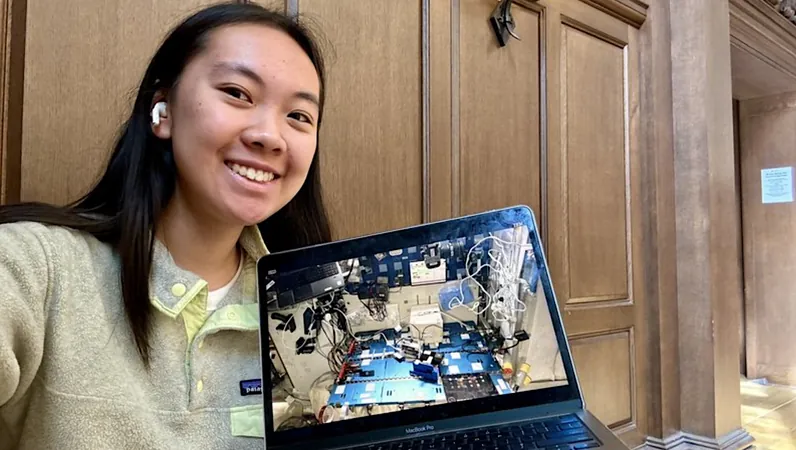
Revolutionary Space Experiment by Young Scientist Launches from NASA
2024-11-18
Author: Michael
Summary
On Saturday, September 28th, a groundbreaking experiment, conceived by the talented winner of the Genes in Space 2023 contest from Hillsborough, California, took flight to the International Space Station (ISS) aboard NASA’s Crew-9 mission. Just four days after the launch, American astronaut Don Pettit carried out the first run of this innovative investigation, with another run scheduled for later this month.
Background of the Experiment
The brilliant student, Jiang, is seeking to validate a pioneering method to examine the impact of space conditions on retrotransposons—mobile genetic elements that can "cut and paste" themselves within our DNA. Astonishingly, LINE-1 copies, a type of retrotransposon, compose nearly 17% of the human genome, yet their activity is typically kept in check by our body's internal mechanisms on Earth.
Hypothesis and Implications
However, in the harsh environment of space, Jiang hypothesizes that the suppression mechanisms for LINE-1 may falter due to increased radiation and oxidative stress, potentially increasing genetic risks for astronauts. Such mobilization can trigger dire consequences, including cancers and neurodegenerative diseases.
Innovative Detection Technique
To address this, Jiang has devised an ingenious technique for detecting LINE-1 RNA—an indicator of retrotransposons jumping within the genome. She is employing nucleic acid sequence-based amplification (NASBA) combined with a fluorescent molecular beacon, which provides a quick method for detecting and visualizing LINE-1 RNA in real-time.
Tools Used in the Experiment
This innovative experiment will utilize two validated tools aboard the ISS: the Genes in Space Fluorescence Viewer, which makes it possible to visualize biomolecules simply, and the miniPCR thermal cycler, a device critical for facilitating the NASBA reaction. Successfully validating this research could lead to rapid diagnostic methods for identifying RNA-based genetic risks on the ISS.
Jiang's Experience
Jiang was even able to watch astronaut Don Pettit conduct her experiment in real-time via a livestream, all while balancing her classes as a freshman at Yale University, studying Molecular, Cellular, and Developmental Biology. "It was surreal witnessing Don Pettit in space conducting my own experiment that we spent so long designing," she noted. "Seeing miniPCR equipment aboard the space station was especially exciting because I had worked with it in labs back home! I am incredibly grateful for this opportunity and eagerly anticipate the results of my research."
Support and Achievements
Jiang's remarkable achievement in the 2023 Genes in Space competition came after she presented her research at the ISS Research & Development Conference last year in Seattle, WA. She received vital support from her mentor, Dr. Aleksander Radakovic, a postdoctoral fellow at the University of Chicago, along with contributions from scientists at miniPCR and New England Biolabs.
Future Implications
By exploring the behavior of mobile DNA elements in space, Jiang and her team aim to shed light on genetic risks associated with long-duration space travel. Her experiment is the latest in a series of advances made by students participating in the Genes in Space contest, which has highlighted significant milestones such as the first DNA amplification in space and student-driven gene detection studies.
About Genes in Space
Founded in 2015 by miniPCR bio and Boeing, Genes in Space continues to inspire a new generation of scientists, backed by the ISS National Laboratory® and New England Biolabs. This ambitious experiment not only promises to enhance our understanding of genomics in extreme environments but could also lay the groundwork for safer manned missions to Mars and beyond.
Conclusion
Stay tuned as we follow this captivating journey into the cosmos!

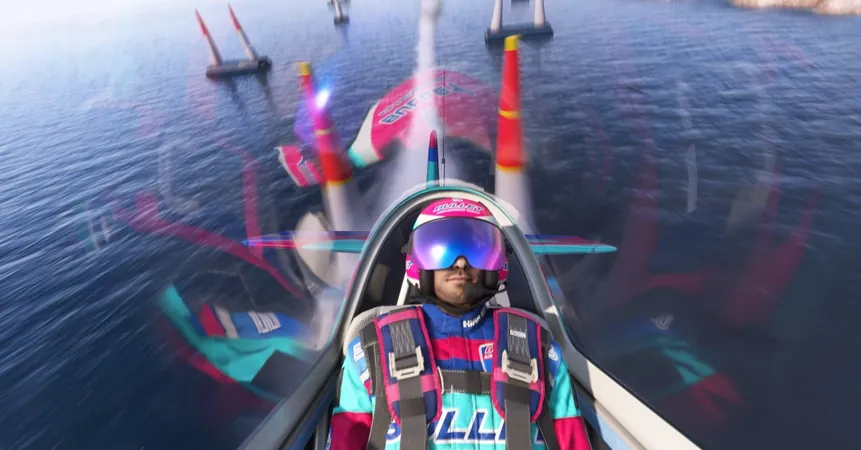
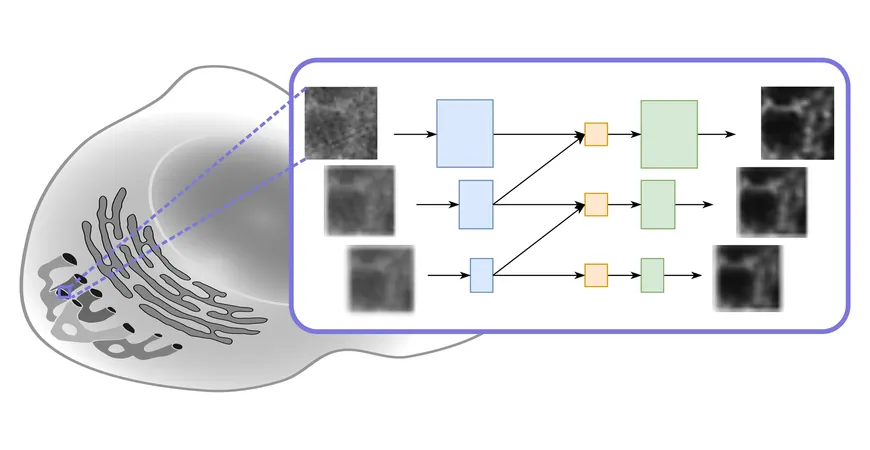

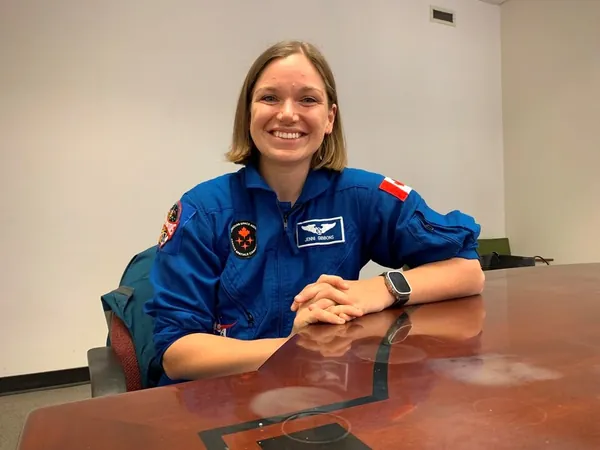
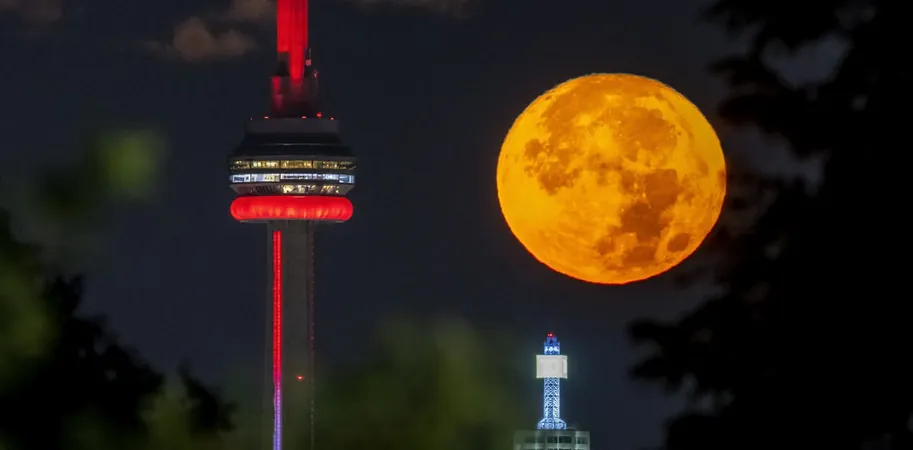
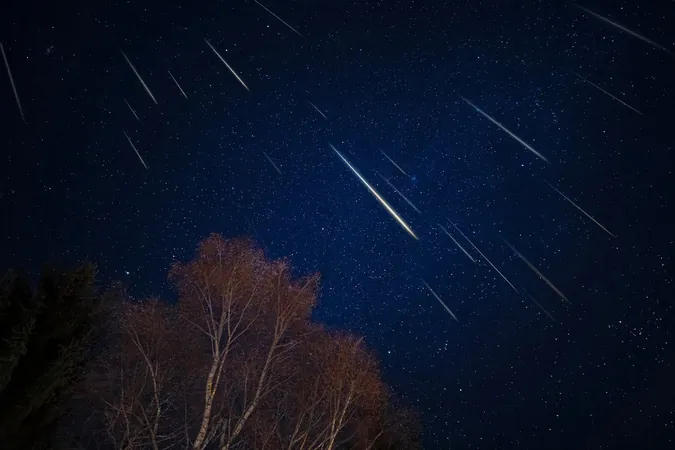


 Brasil (PT)
Brasil (PT)
 Canada (EN)
Canada (EN)
 Chile (ES)
Chile (ES)
 España (ES)
España (ES)
 France (FR)
France (FR)
 Hong Kong (EN)
Hong Kong (EN)
 Italia (IT)
Italia (IT)
 日本 (JA)
日本 (JA)
 Magyarország (HU)
Magyarország (HU)
 Norge (NO)
Norge (NO)
 Polska (PL)
Polska (PL)
 Schweiz (DE)
Schweiz (DE)
 Singapore (EN)
Singapore (EN)
 Sverige (SV)
Sverige (SV)
 Suomi (FI)
Suomi (FI)
 Türkiye (TR)
Türkiye (TR)